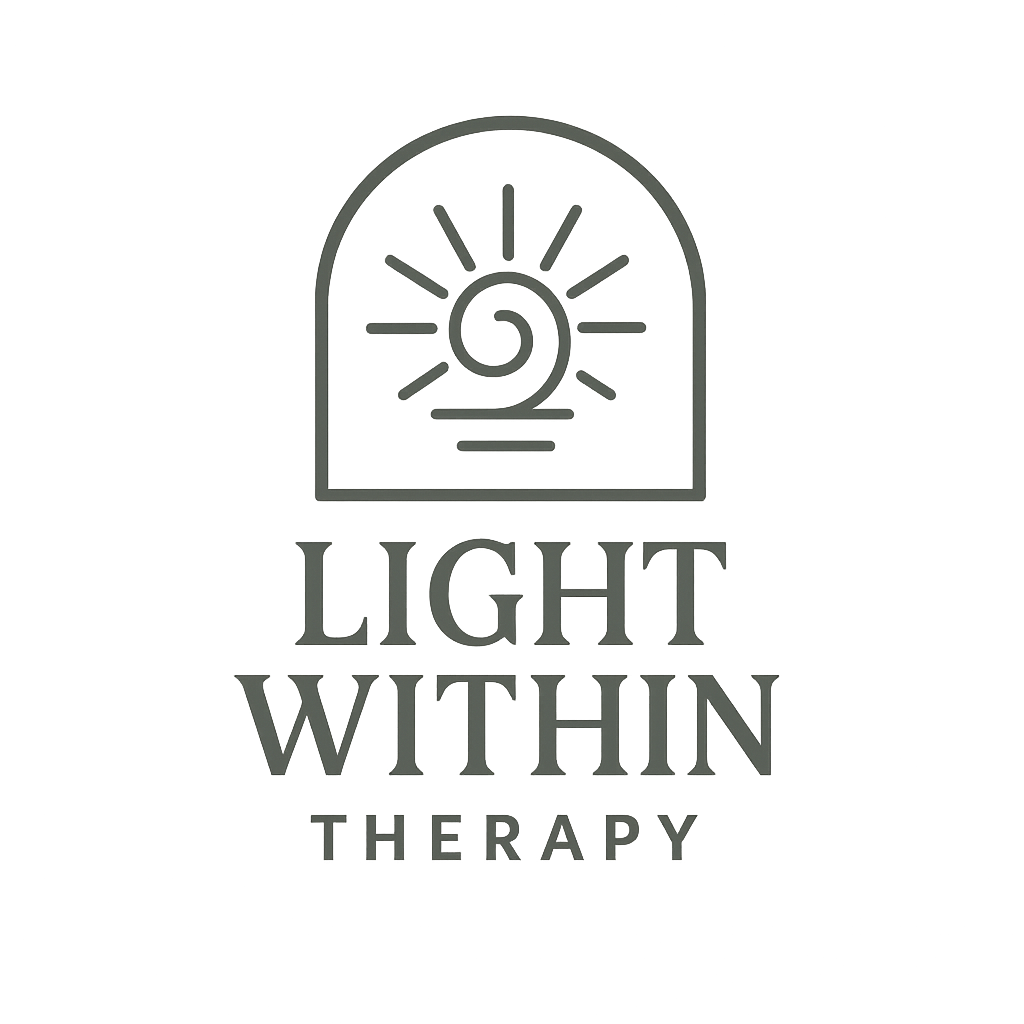Boundaries, what do they look like for me?
Boundaries are an essential part of any healthy relationship—with others and with ourselves. And yet, for many of us, the idea of setting a boundary can bring up discomfort, guilt, or even fear. If this sounds familiar, you're not alone.
For clients healing from trauma or therapists supporting them, boundary work can feel deeply vulnerable. Our early experiences shape how safe—or unsafe—it feels to assert a need or say 'no.' But understanding boundaries is a powerful step toward healing, empowerment, and self-respect.
Why Boundaries Can Feel So Hard
If setting boundaries makes you feel anxious or on edge, you’re not doing it wrong—it likely means you’ve had experiences where boundaries weren’t respected, welcomed, or modeled. Perhaps you:
- Grew up in an environment where saying 'no' led to conflict or punishment
- Had your needs consistently dismissed or minimized
- Were taught that putting yourself first was selfish
When our nervous system associates boundary-setting with danger, it makes sense that our bodies respond with tension, racing thoughts, or even shutting down. Trauma—especially relational trauma—can disrupt our ability to feel safe while asserting our limits.
What Boundaries Actually Are
Boundaries are not walls to keep others out. They are the lines that help define what’s okay for us and what’s not. They protect our time, energy, body, emotions, and values.
It’s okay to say, “This doesn’t feel good to me,” or “I need something different.”
We can set boundaries around many areas of life:
- Physical boundaries (personal space, touch)
- Emotional boundaries (what we share, how we engage)
- Verbal boundaries (tone, words used)
- Time and energy (availability, workload)
- Financial boundaries
- Sexual boundaries
- Internal boundaries (self-talk, habits, and limits we place on ourselves)
How the Body Reacts to Boundaries
When we begin to set boundaries, our nervous system may interpret it as a risk—especially if we’re not used to advocating for ourselves. That can show up as:
- Increased heart rate or shallow breathing
- Muscle tension
- Feeling frozen or unsure of what to say
These bodily cues are not signs of failure—they’re signs that your system is adjusting to a new experience of safety. As we practice setting boundaries with kindness and consistency, our nervous system learns that it’s okay to protect ourselves, and we build new neural pathways for resilience.
A Gentle Reminder
If you’ve been taught that setting boundaries is 'wrong,' 'mean,' or 'selfish,' it’s understandable to feel conflicted. But boundaries are not about controlling others—they’re about caring for yourself. Drawing a line in the sand is not rejection; it’s self-recognition.
Resources to Support Your Boundary Work
Whether you’re exploring this personally or professionally, here are a few trusted resources to deepen your understanding and give you practical tools:
📘 Book: *Set Boundaries, Find Peace* by Nedra Glover Tawwab
A compassionate and clear guide that breaks down the psychology of boundaries and offers real-world scripts and examples.
📗 Book: *The Book of Boundaries* by Melissa Urban
Insightful and empowering, this book includes boundary-setting advice for work, relationships, family, and more.
🧠 Workbook: *The Better Boundaries Workbook* by Sharon Martin, LCSW
A practical workbook full of exercises, reflection prompts, and tools for identifying and strengthening your boundaries.
🎧 Podcast: *Therapy Chat* with Laura Reagan, LCSW-C (especially episodes on boundaries and trauma)
Warm, clinical, and trauma-informed conversations for both therapists and healing clients.

